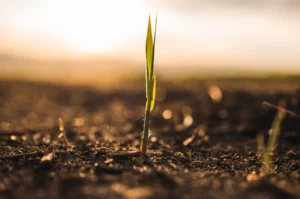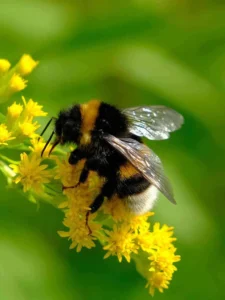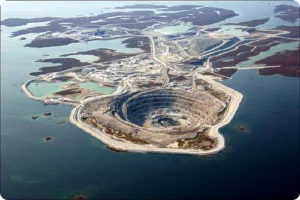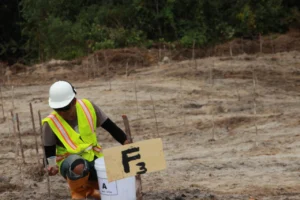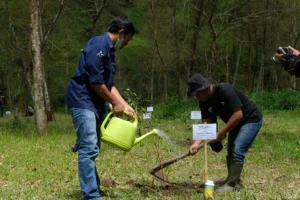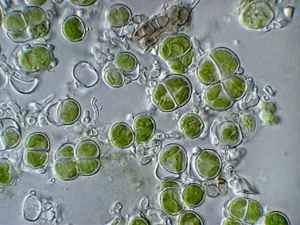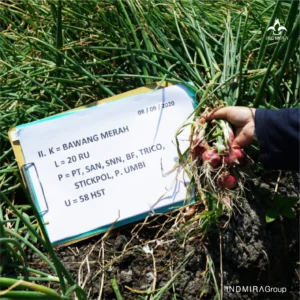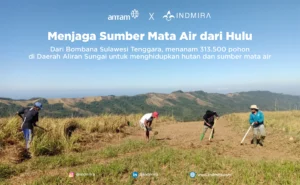There are various methods of environmental recovery from contamination by utilizing microorganisms that biologically restore soil conditions. This biological method is known as bioremediation. The application of bioremediation strategies aims to accelerate the decomposition process, inactivate microbes capable of surviving in the presence of toxic pollutants, and harness these microbes to break down pollutants into elements that are beneficial to the surrounding environment.
The Forest Research and Development Center, which supports the implementation of bioremediation strategies, explains that bioremediation is a biological response toward improving substrates in damaged or contaminated environments. Bioremediation can function as a detoxification process that reduces pollutant toxicity levels in the soil using microorganisms, plants, or microbial enzymes.
The concept of bioremediation has become a method that offers the restoration of contaminated land back to normal and safe conditions for surrounding ecosystems. In addition, bioremediation serves as a more efficient strategy for rehabilitating contaminated land with lower costs compared to conventional methods.
The sustainability of the bioremediation process largely depends on the presence of microbes. These microbes are then formulated into biostimulant products that are applied to the soil as soil enhancers. Biostimulants are organic-based products enriched with microbes that stimulate the formation of topsoil. Through their metabolic processes, microbes convert pollutants into beneficial products via organic chemical reactions that require low activation energy.
To support environmental recovery strategies through bioremediation, the Government of Indonesia has established legal instruments regulating the standards of bioremediation activities to address environmental contamination caused by mining, oil industries, and other forms of pollution. This is outlined by the Ministry of Environment in Decree No.128 of 2003 concerning procedures, technical requirements, and management of petroleum waste and petroleum-contaminated soil biologically, which stipulates that bioremediation must be carried out using local microbes.
The bioremediation method has also been implemented by Indmira in various projects across several regions of Indonesia. One example is the restoration of post-tin mining land in Bangka Belitung, Riau Islands, and South Sumatra. In this case, Indmira applied biostimulants as part of the bioremediation effort to rehabilitate polluted land after tin mining activities. The biostimulants developed by Indmira have been applied to various types of mining land to improve soil fertility.

